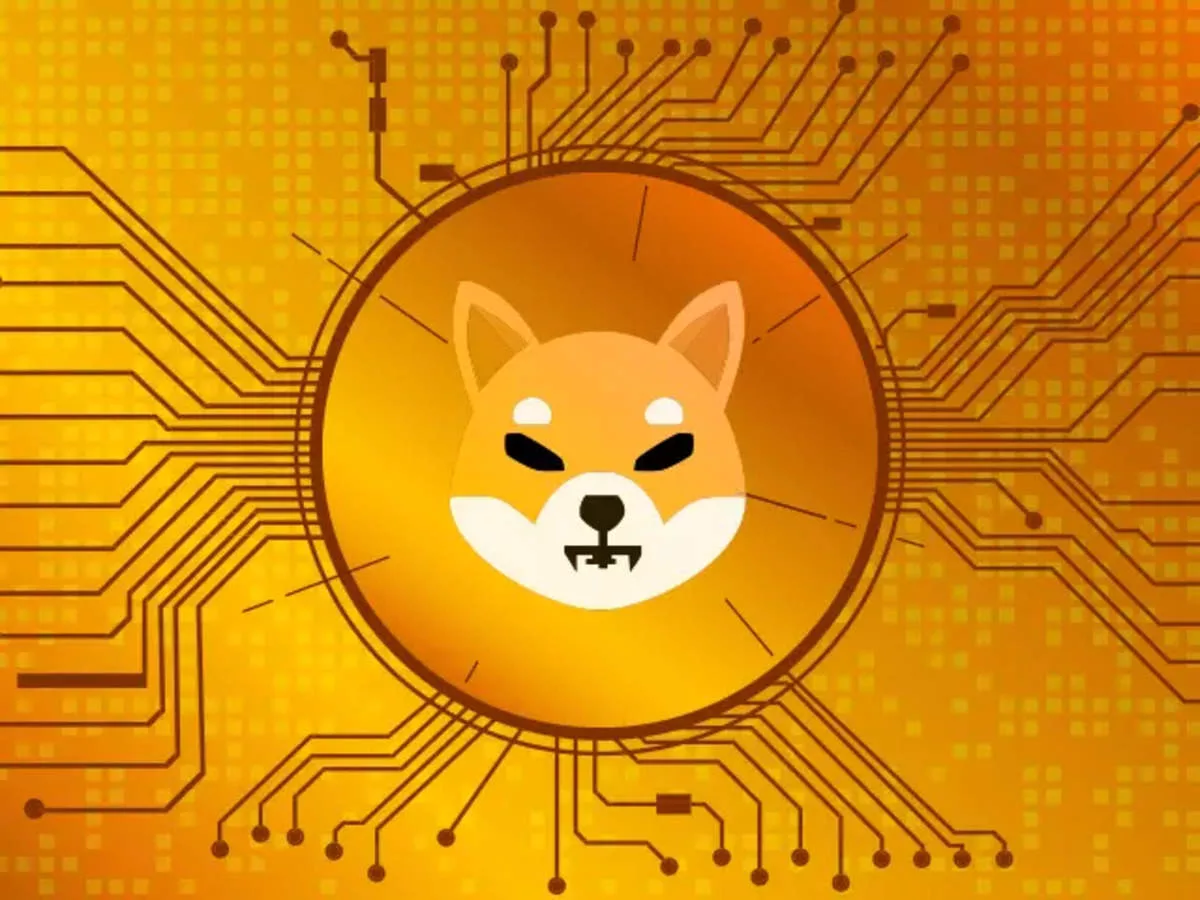Alibaba’s recent unveiling of an advanced AI video generator, named EMO, has stirred the digital waters, showcasing capabilities that could rival OpenAI’s Sora in transforming static images into dynamic, expressive characters. Released by Alibaba’s Institute for Intelligent Computing, EMO represents a significant leap forward in generating lifelike video content from mere photographs, offering a glimpse into a future where digital creations aren’t just visually appealing but can also speak or sing.
In a striking demonstration of EMO’s capabilities, Alibaba released videos on GitHub, including one where the iconic Sora lady, previously seen wandering an AI-generated Tokyo, is now singing Dua Lipa’s “Don’t Start Now” with remarkable vivacity. Other demonstrations highlight EMO’s ability to animate historical figures and celebrities with audio clips, bringing a new level of realism and emotional depth to AI-generated content.
Unlike traditional AI face-swapping or deepfake technology that gained notoriety in the mid-2010s, EMO focuses on full facial animation, capturing the subtle expressions and movements that accompany speech. This approach marks a departure from earlier attempts at facial animation from audio, such as NVIDIA’s Audio2Face, which relies on 3D models and often results in less lifelike outputs. EMO, on the other hand, produces photorealistic animations that convey a wide range of emotions and reactions, making previous technologies appear outdated by comparison.
One of the most intriguing aspects of EMO is its ability to handle audio from various languages, suggesting a sophisticated understanding of phonetics that allows it to animate faces with a surprising degree of accuracy. However, the technology’s performance with highly emotional content or less common languages remains to be fully assessed. Additionally, EMO’s nuanced animations, like a pursed lip or a downward glance, add layers of emotional depth to the characters, hinting at the potential for more complex and engaging AI-generated narratives.
EMO’s technological foundation is built on a large dataset of audio and video, enabling it to reference real human expressions and speech patterns accurately. Its diffusion-based approach eschews the need for 3D modeling, relying instead on a reference-attention mechanism paired with an audio-attention mechanism. This combination results in animated characters whose facial movements synchronize seamlessly with the accompanying audio, all while maintaining the unique characteristics of the original image.
The release of EMO’s demos has sparked excitement and speculation about the future of AI-generated content, suggesting a realm of possibilities for entertainment, education, and beyond. However, the advancements also prompt reflection on the implications for professional actors and the broader creative industry, as AI continues to blur the lines between the digital and the real.
As the digital landscape evolves, technologies like EMO and Sora pave the way for new forms of storytelling and content creation, challenging our perceptions of authenticity and artistic expression. With each breakthrough, we edge closer to a world where digital characters can not only mimic human behavior but also evoke genuine emotion and connection, reshaping our digital experiences in profound ways.











